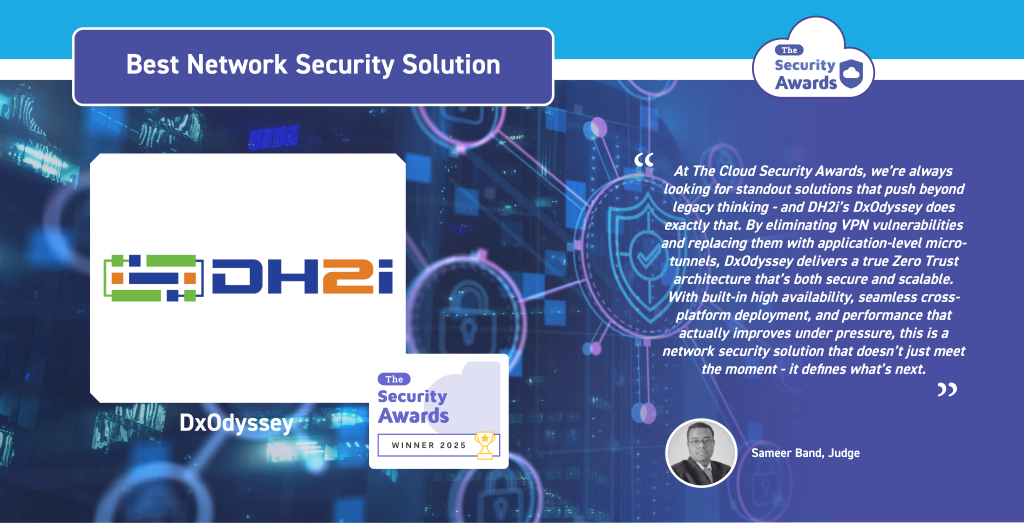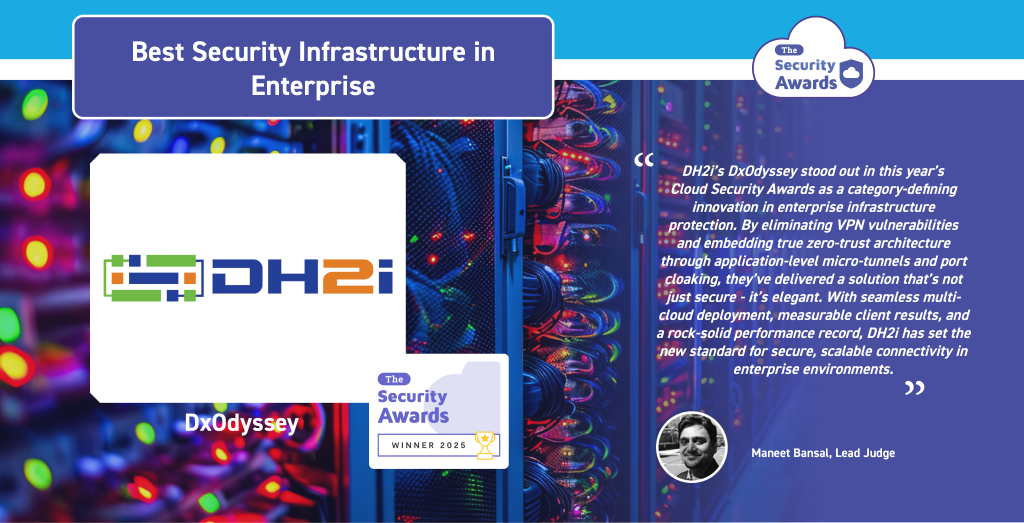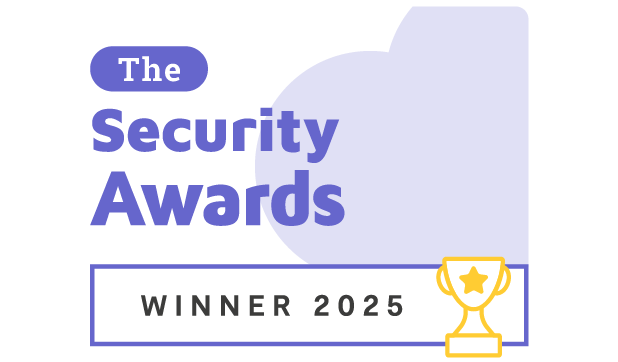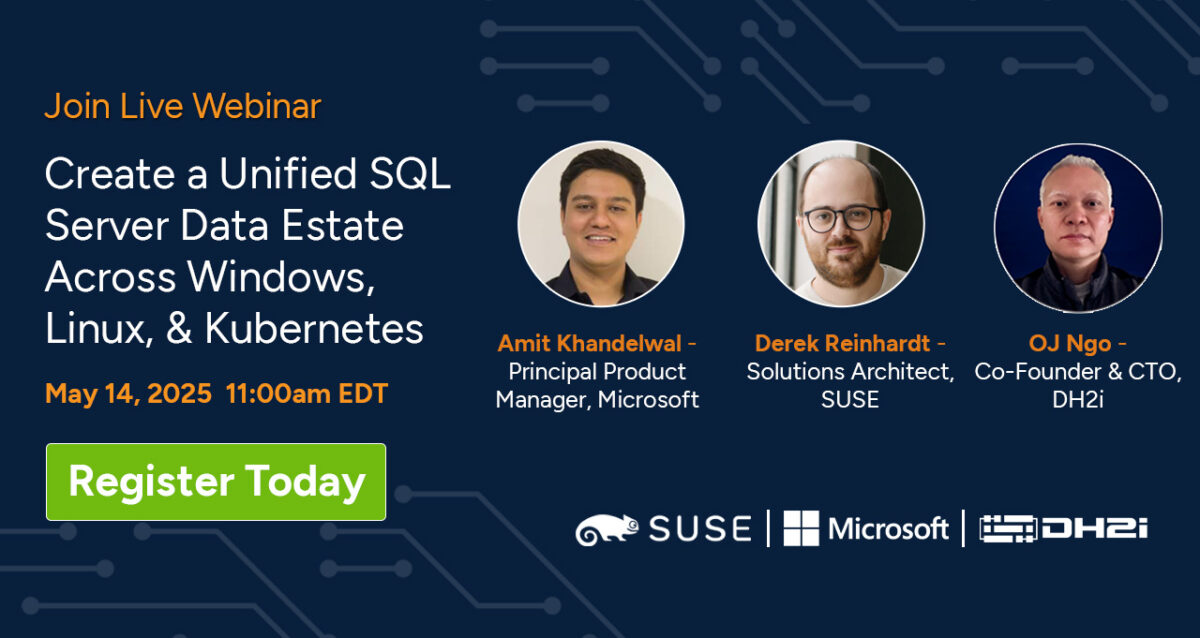Recognition Underscores Industry’s Accelerating Shift Away From Legacy VPNs Toward Software-Defined Perimeter (SDP) Solutions That Offer Stronger Security, Faster Performance, and Greater Agility
FORT COLLINS, CO – May 8, 2025 – DH2i®, the world’s leading provider of always-secure and always-on IT solutions, today announced its DxOdyssey Software-Defined Perimeter (SDP) technology, has won top honors at the 2025 Security Awards across two categories: Best Security Infrastructure in Enterprise and Best Network Security Solution.
Operated by global cloud computing awards body, The Cloud Awards, The Security Awards recognizes organizations that are leading the cybersecurity industry. The program celebrates solutions that have been tailored to address specific areas of cybersecurity, as well as general technological excellence in securing data and digital assets. The program received entries from organizations of all sizes from across the globe, including the USA and Canada, the UK and Europe, the Middle East, and APAC.
DH2i’s DxOdyssey was honored with two 2025 Security Awards – Best Security Infrastructure in Enterprise and Best Network Security Solution – because it delivers a radically different approach to securing enterprise networks. Unlike legacy solutions like VPNs, DxOdyssey uses Zero Trust Network Access (ZTNA) tunneling to create secure, discreet, and direct application-level connections, without ever placing itself in the data path. This unique, infrastructure-agnostic software-defined perimeter enables organizations to eliminate lateral attack surfaces, accelerate data transfer speeds by up to 3x, and maintain total control over their environments across on-prem, hybrid, and multi-cloud deployments. With features like seamless NAT traversal, patented hybrid TCP-UDP transport, and automatic failover, DxOdyssey sets a new standard for performance, flexibility, and zero trust security.

CEO of The Cloud Awards, James Williams, said, “We’re extremely proud to reveal the winners of The 2025 Security Awards. Cybersecurity is becoming more and more prevalent within the consciousness of people everywhere, not just within businesses. These awards provide a platform for those organizations that help keep our data safe and secure to celebrate their outstanding work.”
Williams continued, “DH2i has proven to be amongst the very best in the industry at what they do – impressing our judging panel throughout the awards program with their ingenuity, and dedication to great security practice. We offer them huge congratulations on their deserved victory in what was a tightly-contested program. We look forward to seeing how they build on this success in the months and years to come.”

“We’re incredibly proud to be recognized not in just one, but two categories at this year’s Security Awards, especially given the prestige of the program and the caliber of companies that enter each year,” said Don Boxley, CEO and Co-Founder of DH2i. “Indeed, we believe it is a reflection on the industry’s recognition that, with good reason, DxOdyssey is trusted by partners and end customers because it delivers what legacy solutions like VPNs and firewalls simply can’t – secure, application-level access with zero attack surface, lightning-fast performance, and effortless scalability across any IT environment. It solves real-world challenges every day by helping organizations eliminate lateral attacks, streamline operations, and accelerate their journey to a true zero trust architecture.”
To learn more about DxOdyssey, please visit: https://dh2i.com/dxodyssey-software-defined-perimeter/.
About the Cloud Awards
The Cloud Awards is an international program which has been recognizing and honoring industry leaders, innovators and organizational transformation in cloud computing since 2011. The Cloud Awards comprises five awards programs, each uniquely celebrating success across cloud computing, software-as-a-service (SaaS), cloud security, artificial intelligence (AI), and financial technologies (FinTech). Winners are selected by a judging panel of international industry experts. For more information about the Cloud Awards, please visit https://www.cloud-awards.com/.
The Cloud Security Awards program celebrates the brightest and the best in cybersecurity. Open to organizations across the globe, the Cloud Security Awards is the one of the most prominent recognition platforms of its kind. To learn more, please visit: https://www.cloud-awards.com/cloud-security-awards/.
About DH2i
DH2i Company is the world’s leading provider of multi-platform smart high availability (HA) clustering software and software-defined perimeter (SDP) for Windows, Linux, and containers. DH2i enables users to connect securely and failover enterprise applications – from anywhere to anywhere. DH2i’s DxOdyssey® SDP software, the unVPN® networking solution for Zero Trust security, enables users to create highly available application-level Zero Trust Network Access tunnels across any mix of locations and platforms. DH2i’s DxEnterprise® smart high availability clustering software – now optimized for containers – delivers an all-in-one clustering solution for any application, any OS, any server configuration, and any cloud. DxEnterprise is the only SQL Server clustering solution that provides fully automatic failover of SQL Server AG in Kubernetes. To learn more, please visit www.dh2i.com, call 800-380-5405, or email [email protected].





